Carbon dioxide (CO2) is the most significant greenhouse gas for the concrete industry. CO2 emissions from concrete production and its transportation to the construction site. Intelligent concrete design can significantly reduce the CO2 emissions throughout the life of a building.
CO2 emissions from buildings represent 40% of total CO2 emissions in the EU, according to the Energy Performance of Buildings Directive (2002/91/EC). Concrete, due to its high thermal mass, can reduce heating energy consumption by 2-15%. In addition, intelligent combinations of heating, natural ventilation, solar shading and building design can reduce energy use for cooling and related CO2 emissions by up to 50%3. The UK concrete industry recognizes its key role in delivering innovative construction solutions and in providing information to enable the development of CO2 efficient designs of buildings and other infrastructure.
In the UK, the embodied CO2 associated with the production and transport of an average tonne of concrete is 95kg CO2.
When the total CO2 emissions by the UK concrete industry is considered, cement is estimated to account for around 85% of these emissions4. The rest arises from the production and transport of the other raw materials and from the mixing of concrete and its transportation to the construction site.
.png)
During cement production about 60% of the CO2 emissions arise from the chemical reaction which takes place in the kiln. The other 40% comes from the fuel combustion. The cement sector CO2 performance is closely regulated under the EU Emissions Trading Scheme and the Climate Change Agreements of UK. Through a significant program of investment in more energy efficient technologies and in using biomass and other waste-derived fuel, the UK cement sector has reduced its CO2 emissions by 27% since 1990.Consequently, in 2007 CO2 emissions were over 3.7 million tonnes lower than in 1990.
Further work is in progress but a long term possibility for dealing with the remaining emissions could rest with carbon capture and storage (CCS). The cement industry is undertaking research on CCS solutions but the technology is in its infancy and will take some years to develop.
The UK concrete industry has also been successful in reducing the embodied CO2 of concrete through the extensive use of GGBS and fly ash as cementitious components in the concrete mix and through the use of factory-made composite cement. The use of these materials can lower the embodied CO2 of a concrete mix by up to 40%.
Although much progress has now been made by sector trade bodies to measure CO2 performance, with the exception of the cement sector this information does not date back to 1990. Therefore, to explore the overall performance of the precast and ready-mixed concrete industry Office for National Statistics (ONS) data has been used5. CO2 emissions from the sites manufacturing precast and ready-mixed concrete have reduced by 6.4% between 1990 and 2006. The 27% reduction in CO2 emissions achieved by the cement sector compares very favorably with the reductions achieved by the UK economy as a whole, and by the manufacturing sector.
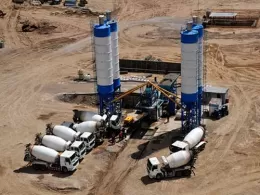

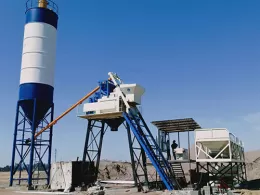

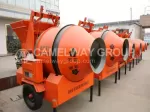
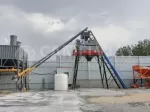

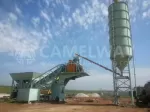
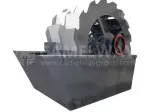
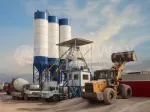
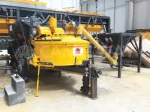
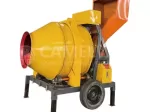
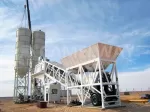
0 Comment